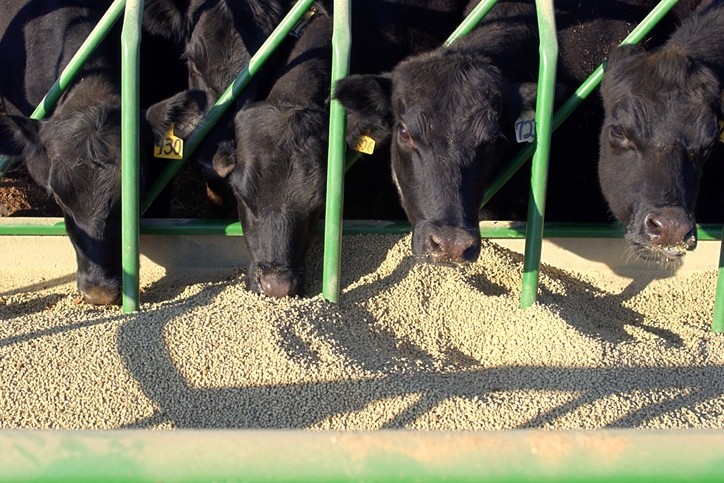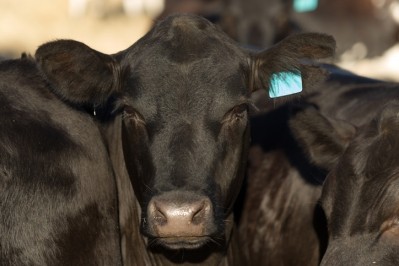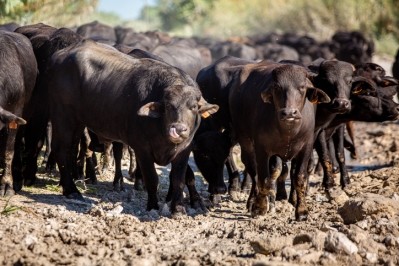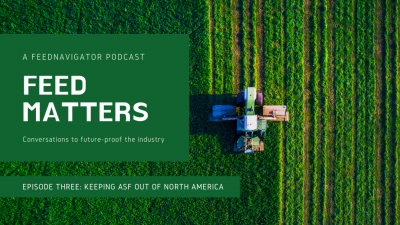Feed prices, market demand support beef production and market recovery

Rabobank released details of the global beef production market in a quarterly report.
Globally, China is expected to see about 2% growth in domestic production of beef while Brazil realizes an increase of about 3.5% and New Zealand has strong growth, the report authors said. Production in Europe is anticipated to decline, and US production growth is expected to be less than 1% even as Canada increases fed cattle slaughter by 6%.
China, Vietnam and other countries in Southeast Asia have been dealing with the implications of reduced swine production from outbreaks of African Swine Fever (ASF) said Don Close, report co-author and senior analyst with Rabobank. The export market is anticipated to see three to five years of increased exports and China is expected to take five to 10 years to fully recover from its ASF outbreak.
“On the pork side, every major pork-producing country in the world is ramping up production to fill that void – which leaves a concerning spot for when that timeline occurs [and] China is able to rebuild with all this additional expansion in the pork complex where will that leave us at that time?” he told us. “We’re still a way away, but that won’t end well.”
A similar outlook potential for poultry exists, he said.
“On the beef side, you’ve got expansion in Brazil and our expectation for Australian production is [to be] down 15% driven by the drought,” he said. “The US is teetering on the brink – we’ve stopped expanding and [depending on] how aggressive our liquidation will be – our numbers will be steady or lower.
“The beef side is way more reserved than the other species,” he added.
China has been importing increasing amounts of animal proteins, including beef, Close said. “Because of the trade spats that the US has been involved in we’ve been the last to the party – but, essentially, all of the global suppliers’ shelves have been cleaned, so for 2020, the US looks in a much more opportune spot to see escalated exports,” he added.
However, the support in the export market also comes at a time when US producers have been slowing the growth of cattle herds, he said.
Looking longer-term, US beef producers need to start considering the role of the international market, he said. “Most producers don’t think about markets beyond their farm gate or the US market, and there are so many things and unprecedented changes going on in the global market,” he added.
US production
US cattle production has faced challenges from falling calf prices and economic stress, said Close. Producers faced severe weather in early 2019 that started some liquidation within the sector.
“We’ve also anticipated that because some of the weather conditions that they had in the cow-calf area all winter and through the spring, that when USDA releases the cattle inventory report in January they’ll have a downward revision in the size of the cattle crop,” he said. “That will reduce our available supplies of cattle outside the feed yard and that will shorten up on-feed numbers as we go through 2020.”
The high number of heifers on-feed also could lower total carcass weights in 2020 and curb any expansion in production, he added.
However, despite the challenges and anticipated slow growth, the strong export demand should allow the industry to see an earlier recovery and rebuilding process than is normal for the cattle cycle, Close said. “The pressure from the global market will enable be any liquation that we have in the states to be short-lived and shallow,” he added.
In addition to the market demand from China, Vietnam and Southeast Asia, the US also is expected to benefit from the approval of the US-Japan trade agreement, he said.
International market factors
Low feed barley costs have helped support strong production in Canada and the numbers of cattle on feed are mostly above those witnessed last year, the report authors said. Prices remain strong and imports to the US and Japan increased prior to Canada regaining access to the Chinese market in November.
Mexico is anticipated to set new production records based on low feed costs and expanding calf numbers, they said.
China has been increasing the number of plants able to access the Chinese market, the report authors said. Several plants in Brazil, Argentina, South Africa and across Europe have been approved or reapproved since August.
Increased access to cattle feed has increased cattle production in some grain-producing areas of China, but supplies are expected to be tight in the longer term, they added.
Australia is witnessing a drop in production based on feed and drought, the authors said. Producers have started selling breeding stock, but prices remain steady.
In South and Central America Brazil has been well-positioned to take advantage of the increase in export demand, Close said. However, there are some concerns regarding the potential increase in export tariffs in Argentina following the change in government.
In Brazil the large cattle population and supply of feed ingredients suggestions expansion of feed use for cattle production, but the picture is more complex, he said. Currently, about 7% of the cattle are raised in on feed.
“They have the raw components, but if you take the genetics that they’re working with and how those cattle are performing in the feedlot, it’s not a good fit,” he said. “They’re trying to implement more cross-breeding with British breeds to domesticate those cattle, so they’ll perform better in an enclosed feeding situation.”
“While they’re blessed with raw ingredients, the background infrastructure to make that happen is not in place yet,” he added.
















